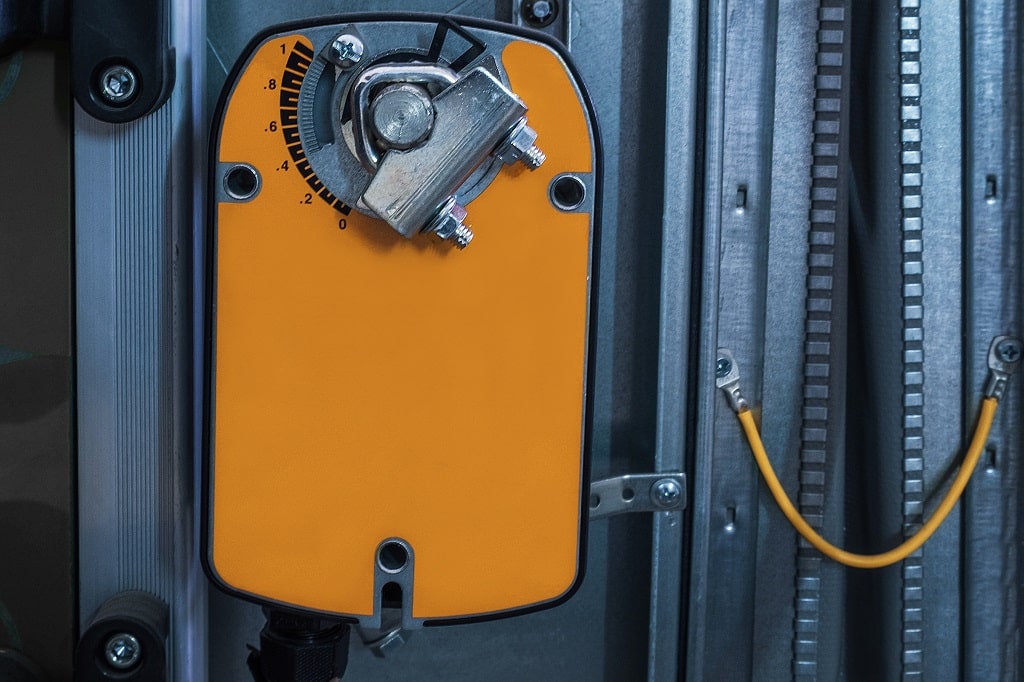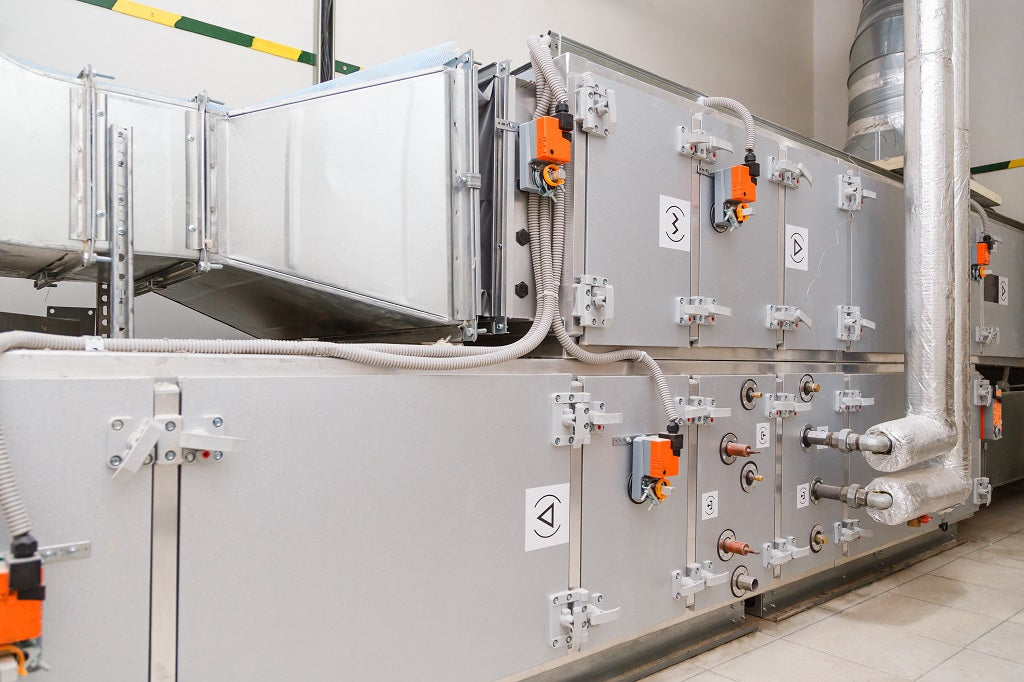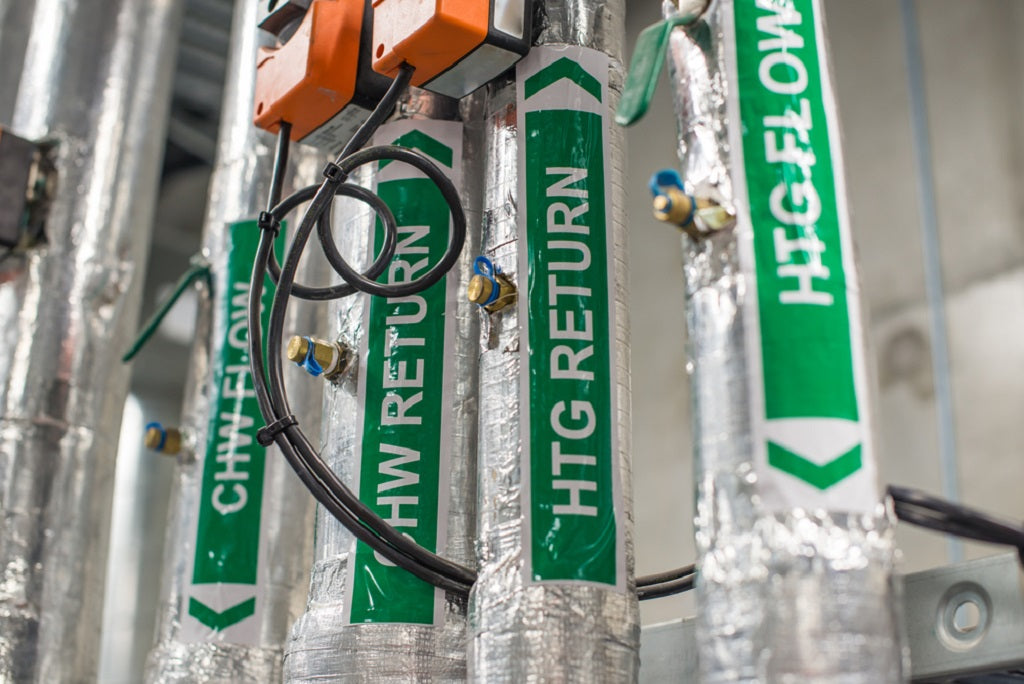
PVC is used across a number of projects, and chances are, you've come in contact with PVC plenty of times and aren't aware of it.
Ideal for everything from construction, to healthcare, electronics, and tons of other applications, the use of PVC pipe applications is incredibly common. This is due to the fact that PVC comes at a relatively low cost and is wonderful for both its physical and mechanical properties. Coming in both flexible and rigid designs, different PVC fittings can be used for various home needs, making it a staple in any redesign. But why should you use it in your next project?
To help you better understand the PVC advantages, we are sharing all the perks of plumber PVC fitting, explaining just what is PVC pipe and what are fittings, and how you can use them in your next project. Let's dive right in!
1. PVC Is Energy Efficient
One of the top advantages of PVC pipes is that they are super energy efficient. The creation and formation of PVC pipes use less energy to manufacture than other pipe alternatives, like iron and concrete. Additionally, PVC pipes are lighter than other pipe options, further saving energy in the transportation process.
2. Better Water Quality
When opting for PVC fittings, you will also improve your water quality. How does this work exactly? Well, since PVC pipes are so smooth, it is more challenging for sediment to accumulate, ensuring the pipes remain smooth and strong. With this, contaminants won’t be able to bind to the walls of the pipes, creating better quality water while improving the sewage pipe networks. This is one of the primary advantages of polyvinyl chloride pipes that you can’t get from other materials.
3. PVC Provides Water Conservation
Water conservation is an important environmental topic, and something PVC pipes work to address. If you’re wondering “what is PVC pipe used for?”, conserving water is at the top of the list. This is because PVC pipes preserve and control water resources, which prevents pollution. Due to their smooth design, pump costs are lower and there are fewer leaks, avoiding any unnecessary water loss.
4. Low Costs
Another of the PVC advantages is that it helps reduce costs. With PVC pipes, you are not only able to get lower installation rates, but lower breakage rates, life cycle costs, and other expenses related to the installation of PVC pipes. Since these pipes are so durable, they cost less in the long run, requiring less maintenance for a more budget-friendly option.
5. Longevity

If you’re looking for a long-term solution, PVC pipes are the way to go. This material has a life expectancy of over 100 years. Yes, really! With that in mind, these pipes can last in your home through your entire lifespan, and then some. And coming at a lower cost, this is a wonderful lifetime investment.
6. PVC Is Chemical Resistant
There’s a reason there are so many uses of PVC pipe fittings in homes and other locations. Since PVC pipes are resistant to many chemical reagents, as well as disinfectant chemicals, they are great to use in infrastructure projects where chemicals are abundant. With PVC pipes, you will have a system that’s built to withstand strong acids, fluorides, brine, mineral oils, and more.
7. Corrosion Resistance
PVC safety is top-notch, especially in terms of its resistance to corrosion. As other pipes made from various different materials will deal with corrosion, PVC pipes are less susceptible to this effect. In fact, corrosion can even lead to bursting water mains, which can cause major damage, but PVC will be able to withstand this for more secure pipes. This is important as corrosion can have a big impact on the safety of your drinking water. And with PVC pipes having one of the lowest pipe break rates, there's a reason it’s a top choice over cast iron, concrete, and steel alternatives.
8. Less Blockage
Another perk of opting for plumber PVC fitting choices is that, due to their smooth design, there’s much less water flow resistance, helping to further prevent potential blockages and failures from occurring. With the use of PVC pipe fittings, water will flow seamlessly at maximum pressure, avoiding both blockages in the pipes, as well as buildup in sewage. It’s all part of their long-term performance promise.
9. PVC Is Easy to Install
On top of all the other perks, PVC pipes are one of the easiest to install. Actually, these pipes are said to be 30% faster to install than other options. This is wonderful for quickly getting a new set of pipes up and running with ease, all while ensuring long-term durability that’s fit to last through the years in your home.
10. PVC Is Lightweight

As Blackhawk Supply mentioned when it comes to energy-efficient PVC advantages, PVC pipes are much lighter than their counterparts. For this reason, they are easy to carry and even easier to install without lifting too heavy and cumbersome pipes. Additionally, their lighter weight helps ensure they won’t cause injury when installing, requiring less manpower to install.
11. Safety
We all want to ensure a safe and comfortable environment, so PVC safety is especially important. Thankfully, this non-toxic material is safe for some reasons. PVC pipes are flame-resistant and won’t react to chemicals. For this reason, plumber PVC fitting solutions are used across industries as a safe, sustainable choice.
Conclusion
When redoing a space, choosing a solution that is functional, cost-effective, and built to last is a must, and PVC pipes check everything on that list. From the impeccable PVC safety perks to the number of uses of PVC pipe fittings, their durability, and low cost, PVC pipes can serve as a much-needed solution to all your plumbing needs.
To begin exploring new plumber PVC fitting options and other plumbing supplies to complete your next project, Blackhawk Supply has everything you need. For help finding your new PVC pipes, call us at 847-773-0645 today, or get a quote online to begin the process now.















